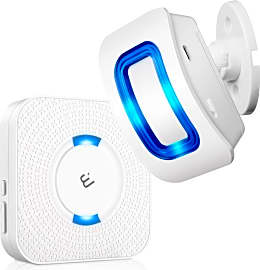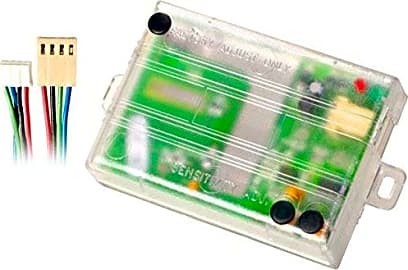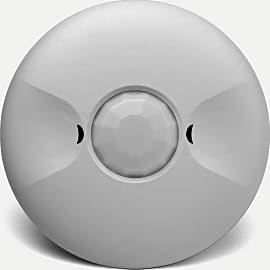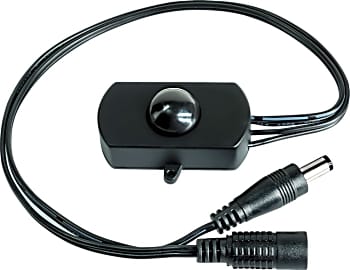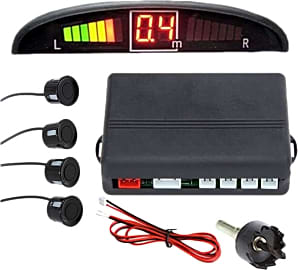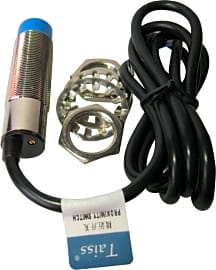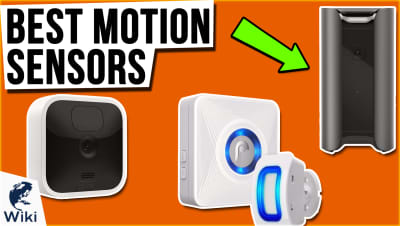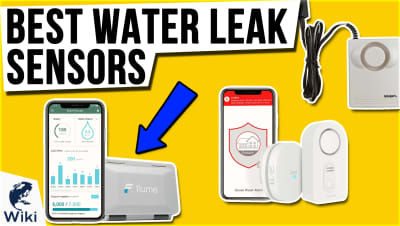The 10 Best Proximity Sensors

This wiki has been updated 25 times since it was first published in October of 2019. From manufacturing and production processes to motion-activated lights and car alarms, many modern devices depend on proximity sensors to detect the presence of objects without making any physical contact. Our selections for this category cover several types designed for various purposes, including close-range, capacitive units and longer-range, passive infrared models. When users buy our independently chosen editorial recommendations, we may earn commissions to help fund the Wiki.
Editor's Notes
January 20, 2021:
All of our previous selections for this category made it through this round of updates, but we still found room to add a couple new choices to our list. The E Elepowstar Motion Detector Doorbell is a wireless doorbell with a 500-foot range and a 52-chime library, and the KKmoon Backup Radar is an eight-sensor kit that uses a designated LCD to keep drivers advised of any unexpected obstacles they might be about to reverse into.
If you don’t see an option that you like here, perhaps you’ll have better luck with our list of Best Motion Sensors.
November 07, 2019:
While their base technology and resultant functionality can vary considerably, proximity sensors are united by their common purpose: to detect the presence of objects without making physical contact. Their applications are too many to name, but some of the common ways you’ve likely interacted with one are via car alarms, front-door motion lights, automatic garage doors and self-parking vehicles. While some of the theory behind these devices can be a bit mind-numbing, the easiest way to think of a simple proximity sensor is as a fancy switch that’s actuated by the movement of mass.
While some of the items in this category – such as the Guardline FBA GL5000 and the Sensky BS010H – require very little experience to install properly, others – such as the Changzhou Rattm Motor Co. SN04-N and the Taiss LJC18A3 – require hardwire installations that should only be attempted by a reputable, licensed electrician – for safety's sake. The scope of these rankings is too narrow to cover every type of proximity sensor out there, but we have touched on many of the common kinds, such as:
Inductive: Commonly used in manufacturing and production processes, inductive proximity sensors – like the Changzhou Rattm Motor Co. SN04-N – use electromagnetic fields to detect the presence of inductive metals, like steel or iron alloys. When such a material enters the sensor's field, induced eddy currents alter the field's frequency, signalling the unit to change states.
As a solid-state device (no moving parts), inductive sensors have a good reputation for durability. However, they’re limited by the narrow scope of the materials they can recognize, and the short range allowed by their magnetic fields (typically a matter of millimeters).
Capacitive: Sometimes attached to 3D printers, capacitive proximity sensors – like the Taiss LJC18A3 – function in a matter not unlike their inductive counterparts, monitoring capacitance between two conduction plates. When an object enters their sensing zone, capacitance is altered, notifying the device that it’s time to go to work.
Like inductive options, their range is limiting. But unlike inductive options, they can detect the presence of non-ferrous materials. They can also detect the presence of clear liquids or objects, unlike photoelectric options. However, this ability can turn out to be a double-edged sword in some contexts, as it may result in nuisance triggering. So, when it comes to monitoring ferrous metals, inductive sensors are often the preference.
Passive-Infrared: This very-popular option uses infrared technology to look for heat, and recognizes when it moves. It’s the operating principle that’s behind most motion lights, and offerings like the Sensky BS010H and the Enerlites MPC-50V.
Ultrasonic: The same way bats use echolocation to see at night, ultrasonic proximity sensors use sound waves to feel for close-by objects. One example of an offering in our rankings that uses an ultrasonic sensor is the Zone Tech PS0001.



